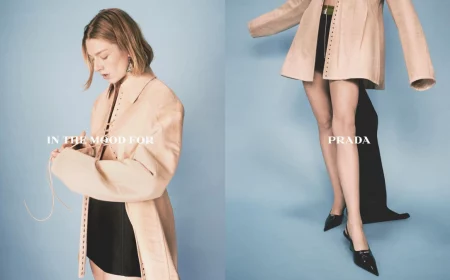The Bra Fit Guide That Actually Works (And Why Your Measuring Tape Is Lying)
I’ve spent the better part of two decades in fitting rooms, and I can’t tell you how many times I’ve seen it: that look of pure, unadulterated relief. It’s the moment a woman stands up straight, her shoulders drop back, and she realizes her chest is finally, truly supported without an ounce of pain. It’s a game-changer, especially after years of being told you’re just “hard to fit.”
In this article
Let’s be real: the lingerie industry has made things incredibly confusing on purpose. My goal here isn’t to sell you anything. It’s to pull back the curtain and share the core principles of a great fit—the stuff the pros know. This is the knowledge that sets you free from the endless cycle of uncomfortable, ill-fitting bras.
I’ll never forget fitting a high school teacher who came in complaining of constant neck and shoulder pain. She’d been wearing a 38C for years. After a proper fitting, she walked out in a 34G, standing taller and looking more comfortable than I’d seen her all hour. She later told me her daily tension headaches were completely gone. That’s the power of real support.
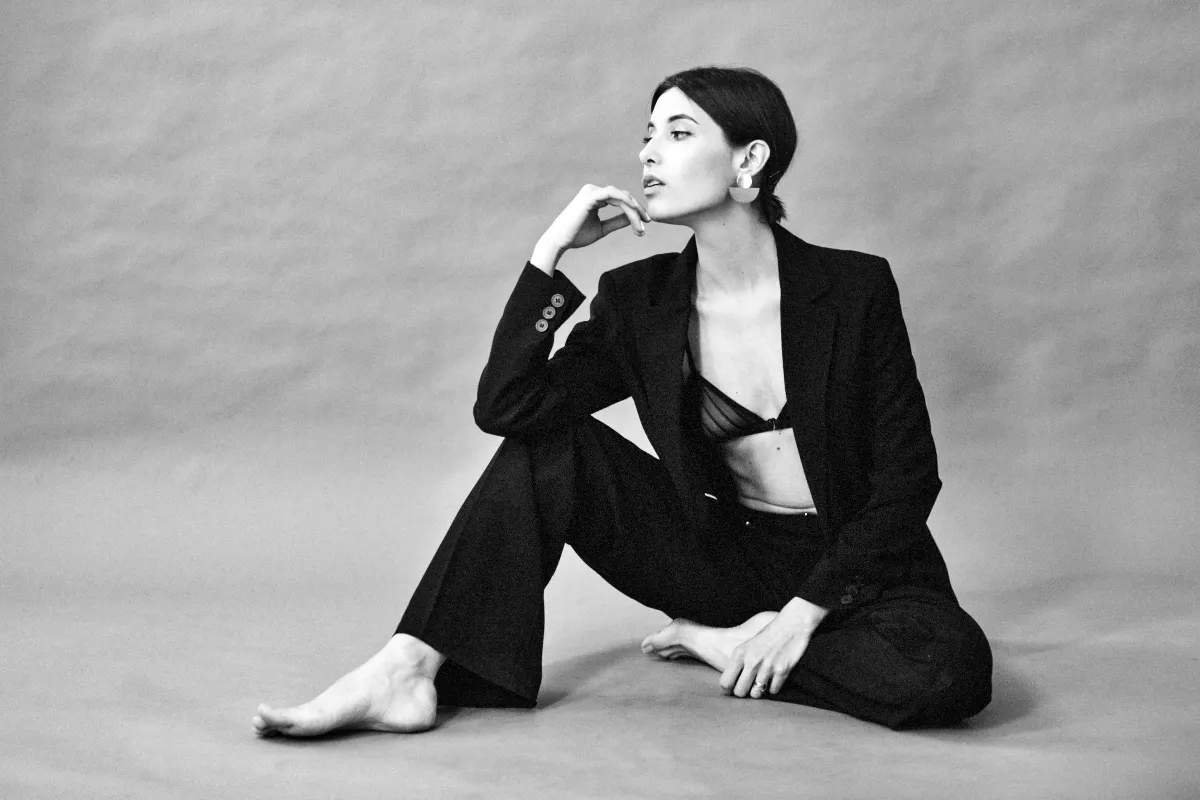
The Big Secret: It’s All About the Band, Not the Straps
This is the single biggest myth we need to bust right now. Most people think the shoulder straps do all the heavy lifting. Nope. Not even close. In a bra that actually fits you, the straps are only responsible for about 10-20% of the support. Their main job is just to keep the top of the cups flush with your body.
The real workhorse? The band. That strip of fabric around your torso is providing a massive 80-90% of the support. Think of it like the foundation of a house. If the foundation is weak or wobbly, the whole structure is going to fail, no matter how nice the walls are. When your straps are digging painful trenches into your shoulders, it’s a desperate cry for help. It means your band is too loose, and you’re cranking down the straps to try and get some lift. This is a one-way ticket to shoulder pain, neck strain, and awful posture.
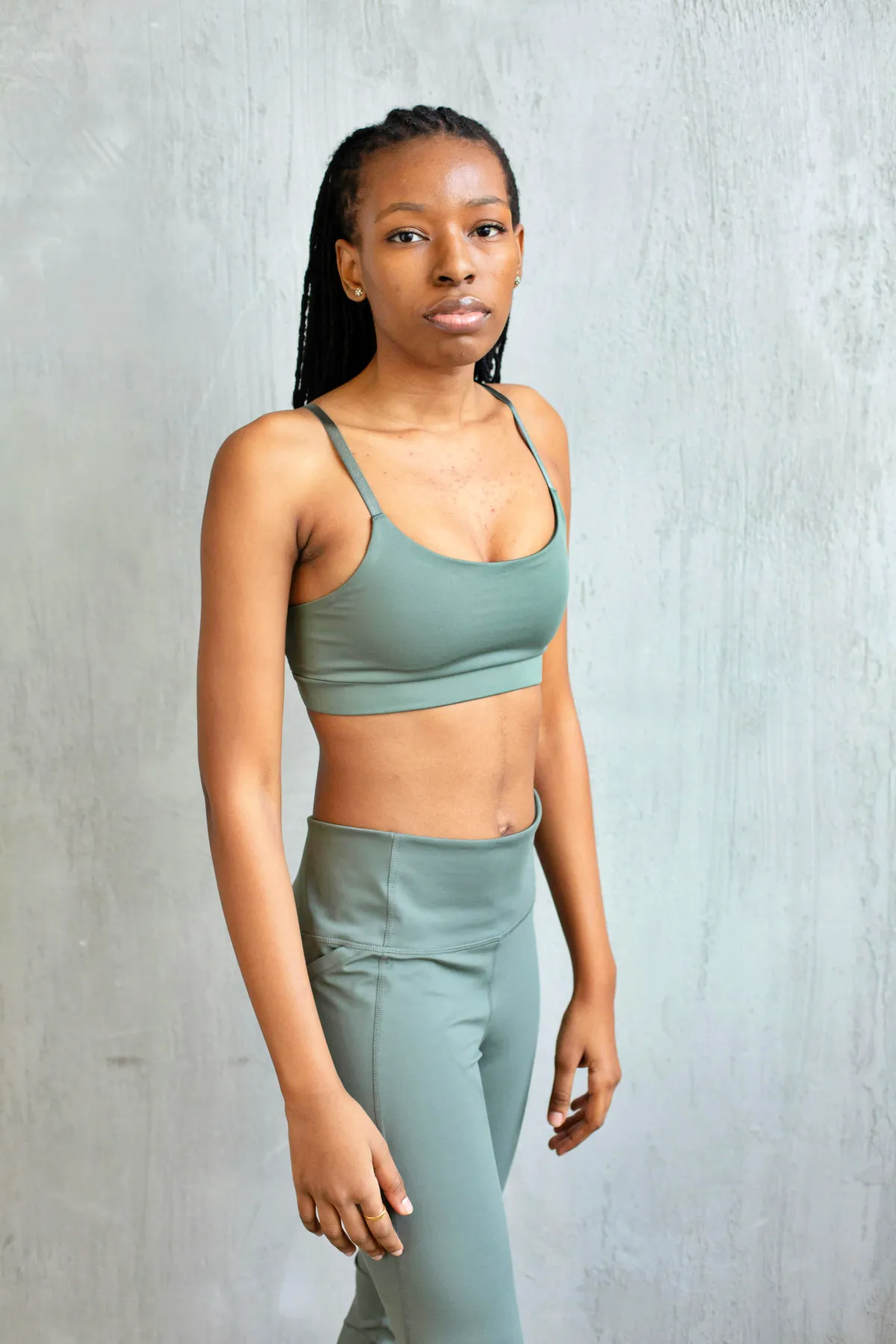
A firm, perfectly horizontal band is the key to everything. It anchors the bra to your ribcage, allowing the underwires to do their job of lifting your breast tissue up and away from your chest wall. This separation is crucial—it helps with posture, prevents rashes, and creates a defined, flattering shape.
What the Pros Look For: A Bra’s Anatomy
When I’m assessing a fit, I look at how every single part of the bra works together as a system. Once you understand these components, you’ll never shop the same way again.
The Band (The Foundation): This is the entire circumference that wraps around you. It should be snug and level all the way around—no riding up in the back! Here’s a non-negotiable rule: a new bra MUST fit you securely on the loosest hook. Why? Because the elastic will naturally relax over time with washing and wear. Starting on the loosest hook allows you to move to the tighter hooks as it stretches, which can double or even triple the bra’s useful lifespan. If it only fits on the tightest hook from day one, it has nowhere to go but the trash can.
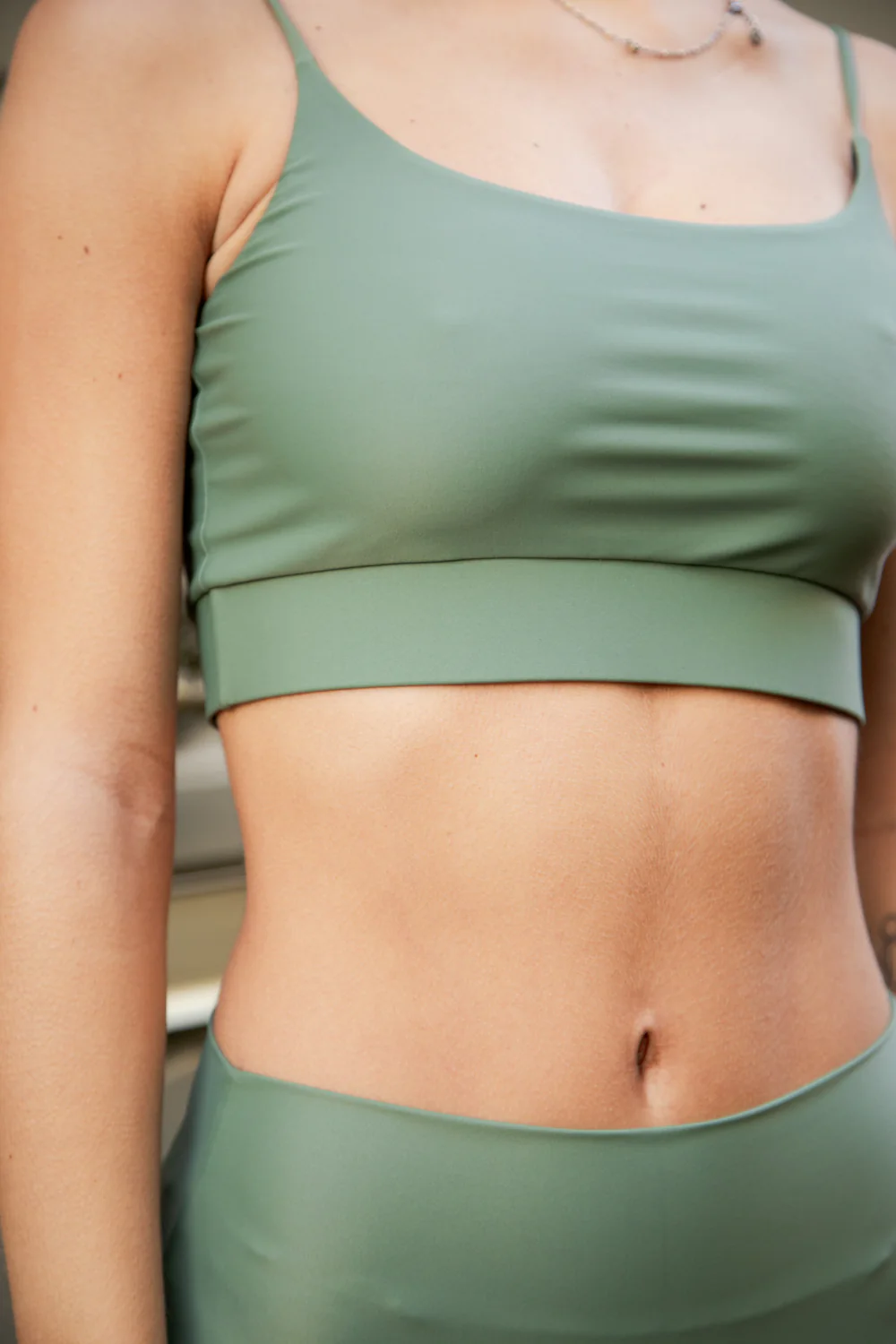
The Center Gore (The Bridge): This is the little panel of fabric between the cups. In an underwire bra, this piece must “tack,” which is just a fancy way of saying it should lie completely flat against your sternum. If that gore is floating away from your chest, it’s a dead giveaway that your cups are too small. Your breast tissue is literally pushing the bra away from your body to find more space.
The Cups: A cup’s job is simple: fully contain all of your breast tissue without any drama. Spilling out the top (the dreaded “quad-boob”), the sides, or the bottom means the cup is too small. Gaping, on the other hand, is a bit more complicated. It could mean the cup is too big, but more often, it means the shape of the cup is wrong for the shape of your breast. A classic example is a stiff, molded t-shirt bra gaping on someone whose breasts are less full at the top.

The Underwire: The underwire is there to shape and support. It should trace the natural crease where your breast tissue ends and your rib cage begins. The wire needs to sit comfortably behind all of your breast tissue, flat against your ribs. If you feel the wire sitting on your breast on the side (near your armpit), the cup is too small. If it’s poking you way up in your armpit, the cup might be too wide for your frame.
How to Fit Yourself (and Why to Be Skeptical of Measuring Tapes)
Honestly, I rarely start with a measuring tape anymore. A tape can’t see your breast shape, how firm your tissue is, or how you’re built. It’s a blunt instrument for a nuanced job. A lot of the confusion comes from an outdated measuring technique—the old “+4 method”—where you’d measure your ribcage and add four inches to get your band size. In today’s world of stretchy fabrics, this method almost guarantees you’ll end up in a band that’s too big and cups that are too small.
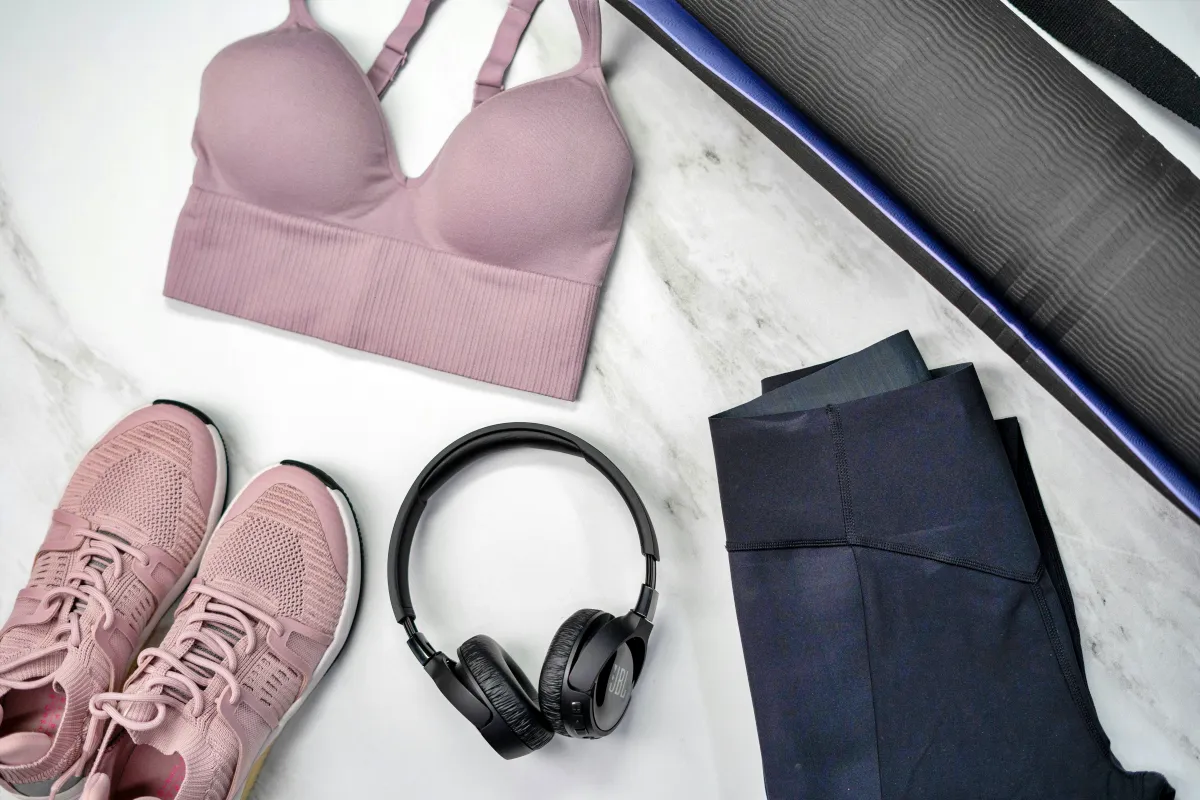
So, here’s the method the pros use, and the one you can use in the fitting room.
- The Scoop and Swoop: This is the most important step! Put the bra on with the loosest hook. Lean forward at the waist, letting gravity help. With your opposite hand, reach into the cup and gently scoop and guide all the tissue from under your arm and your back forward into the cup. Then stand up and give a little jiggle to let things settle. You’ll be amazed at how much more space you actually need.
- Check the Band: Stand up straight. Lift your arms, twist a bit. The band shouldn’t move. It should feel like a firm, reassuring hug. You should be able to slide two fingers snugly under the back of the band, but no more than that. If your whole hand fits, it’s way too loose.
- Check the Cups and Gore: Look in the mirror. Is that center gore tacked flat against your sternum? Is the top edge of the cup a smooth line with no bubbling over? If yes, you’re on the right track. If no, you likely need to go up a cup size.
- Adjust the Straps: Now, and only now, do you adjust the straps. They should be just firm enough not to slip off your shoulders. You should easily be able to get one or two fingers underneath them. Remember, the lift comes from the band!
Let’s Talk Sizing, Money, and Where to Shop
One of the most frustrating things is that sizing isn’t standardized. A 34G from a U.S. brand is totally different from a 34G made by a U.K. brand. Up to a D cup, things are usually pretty similar. After that, it’s the wild west.
Here’s a quick rundown so you don’t have to Google it in a panic from the fitting room: a U.K. ‘E’ cup is about the same as a U.S. ‘DDD’ or ‘F’. A U.K. ‘F’ cup is a U.S. ‘G’, and a U.K. ‘FF’ is a U.S. ‘H’. Many of the best brands for fuller busts use U.K. sizing, so this is great info to have in your back pocket. European brands often use centimeters for the band (e.g., a size 80 band is roughly a 36 in the U.S./U.K.). Always check the tag!
Oh, and let’s talk about sister sizing. It sounds complicated, but it’s your secret weapon. Sister sizes are different-looking sizes that hold the same cup volume. For example, a 36C, a 34D, and a 32E all have the same cup volume—the only thing that changes is the band length. See the pattern? As the band number goes down one size, the cup letter goes up one size. This is perfect for when you find a bra where the cups fit like a dream but the band is a bit loose. Just try the sister size down!
Now, for the budget. A well-made bra from a specialty brand is an investment, usually running between $60 and $95. But it’s an investment that pays off in comfort and longevity. A cheaper bra, maybe in the $25 to $50 range from a big-box store, often uses flimsier elastic that will stretch out in just a few months. When you find a good bra, you can often find last season’s colors on sale at major online lingerie retailers—a great way to build your collection without breaking the bank.
Bra Style vs. Your Body Shape: The Final Piece of the Puzzle
Your size is only half the story. The shape of your breasts determines which bra styles will work for you. Here’s a quick test: lean forward at the waist and look in a mirror. Are your breasts fairly round and evenly distributed? You might have an even or shallow shape. Do they hang down more, with most of the fullness toward the nipple? You’re likely more “projected.” This is key info!
- For Shallow or “Full on Bottom” Shapes: If your breast tissue is spread out or fuller at the bottom, stiff molded cups might gap at the top. You’ll probably love Balconette or Demi-Cup styles. They have shorter cups that provide a lovely lift without that empty space at the top.
- For Projected Shapes: If your breasts are narrow at the root but stick out more, you need cups with deep, immediate projection right at the underwire. You are the ideal candidate for Seamed (Unlined) Bras. The multiple fabric panels create a 3D shape that a molded cup just can’t replicate. Many fantastic European brands excel at this construction.
- For Low Necklines: A Plunge Bra with its very low center gore is your best friend for V-necks. It’s also great if your breasts are very close together, as a taller gore might poke or rub uncomfortably.
- And What About Wireless? The rules are similar! You still need a snug band that stays put. Instead of a tacking gore, look for a bra that gives some separation between your breasts. The cups should still fully contain you without spilling or major gaping. The bottom band of the bra should sit flat against your ribs all the way around.
Taking Care of Your Investment
You found the perfect bra—now what? Please, I beg you, keep it out of the dryer. The heat is the number one enemy of elastic and will destroy your bra’s band in record time. The best method is to hand wash in cool water with a gentle detergent and hang it to dry.
Also, give your bras a day off! Elastic needs time to rest and recover. Try to have at least three everyday bras in your rotation. A well-made bra that’s cared for properly should last you about 9 to 12 months of regular wear. You’ll know it’s time for a replacement when the band feels loose even on the tightest hook. And remember, a bra should never, ever cause pain. If an underwire is digging in, it’s a sign of a bad fit, not a sign that underwires are evil. Find one that fits, and you’ll be golden.
Finding the right bra is a journey, for sure. But it’s about getting to know your body and focusing on how things feel, not just the numbers and letters on a tag. When you finally get it right, it’s not a luxury—it’s the foundation of feeling good in your clothes every single day.






